Market Analysis
In-depth Analysis of Specialty Snacks Market Industry Landscape
The market dynamics of the specialty snacks market are driven by a variety of factors, including shifting consumer preferences, dietary trends, innovation, and economic conditions. Specialty snacks refer to unique, artisanal, or gourmet snack products that offer distinctive flavors, high-quality ingredients, and often cater to specific dietary preferences or lifestyle choices. One of the primary drivers of market dynamics in the specialty snacks market is the evolving consumer demand for healthier, more diverse, and indulgent snack options. As consumers become more health-conscious and seek out alternatives to traditional snacks high in salt, sugar, and artificial ingredients, there is a growing interest in specialty snacks that offer better-for-you ingredients, such as whole grains, nuts, seeds, and natural sweeteners.
Moreover, changing dietary habits and lifestyle trends are fueling market growth within the specialty snacks segment. With busier lifestyles and on-the-go eating becoming increasingly common, consumers are looking for convenient, portable, and satisfying snack options that fit their dietary needs and preferences. Specialty snacks offer a wide range of choices to accommodate various dietary restrictions and preferences, including gluten-free, vegan, organic, non-GMO, and paleo-friendly options, appealing to health-conscious consumers seeking clean label and transparent ingredient lists.
Furthermore, innovation and product differentiation play a crucial role in shaping market dynamics within the specialty snacks market. Manufacturers and brands are continually introducing new flavors, formats, and packaging innovations to capture consumer attention and stand out in a crowded market landscape. Unique flavor combinations, exotic ingredients, and novel textures contribute to the appeal of specialty snacks, offering consumers a sensory experience and culinary adventure with each bite. Additionally, collaborations between snack brands and celebrity chefs, food bloggers, and influencers help generate buzz and drive excitement around specialty snack products, driving market growth and consumer engagement.
Another significant factor shaping market dynamics is the influence of retail channels and distribution strategies. Specialty snacks are often sold through a variety of channels, including specialty food stores, gourmet markets, health food stores, online retailers, and direct-to-consumer platforms. The growing popularity of e-commerce and online grocery shopping has expanded access to specialty snacks, allowing consumers to discover and purchase unique products from around the world. Additionally, strategic partnerships with mainstream retailers, convenience stores, and foodservice operators enable specialty snack brands to reach a broader audience and increase market penetration, driving sales and market growth.
Moreover, market dynamics within the specialty snacks market are influenced by consumer perceptions of value, quality, and authenticity. While specialty snacks may command a premium price compared to traditional snacks, consumers are willing to pay for products that offer unique flavors, high-quality ingredients, and artisanal craftsmanship. Brands that prioritize transparency, sustainability, and ethical sourcing practices can build trust and loyalty among consumers, driving repeat purchases and brand advocacy within the specialty snacks market.

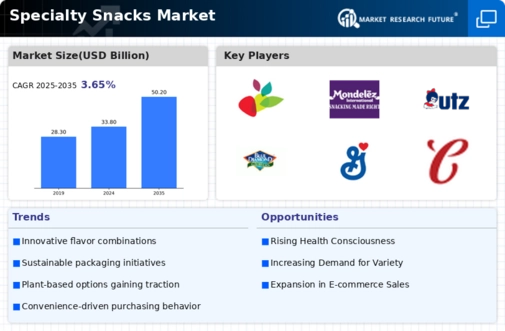
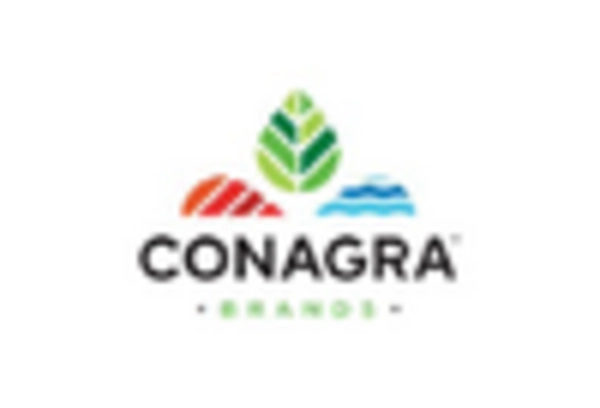
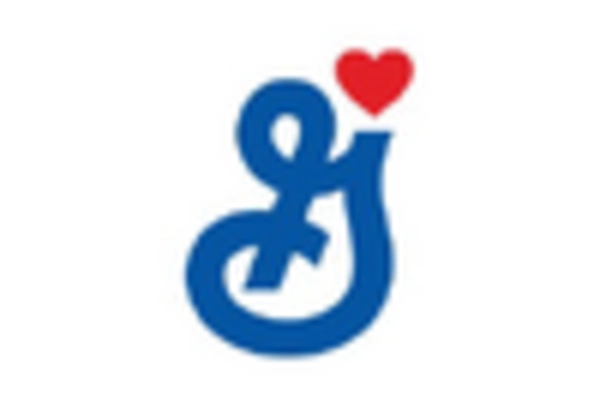
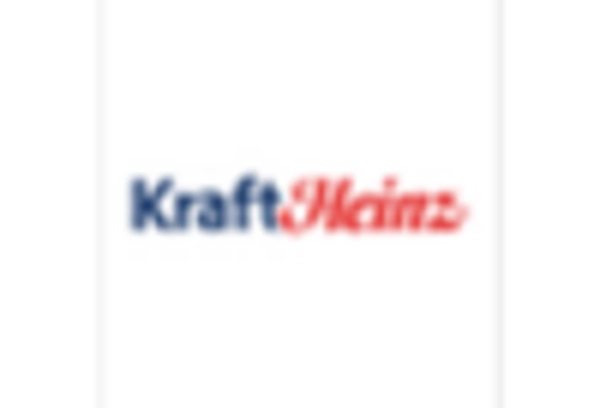
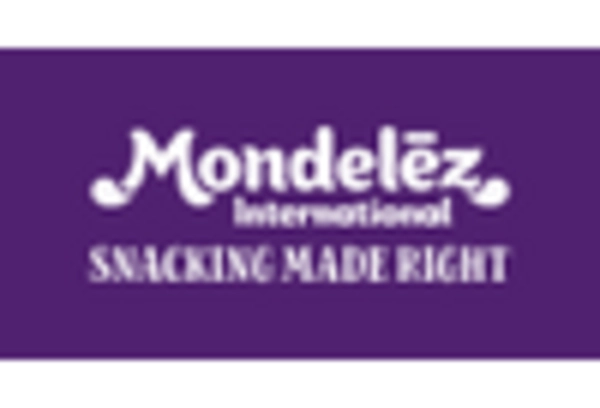

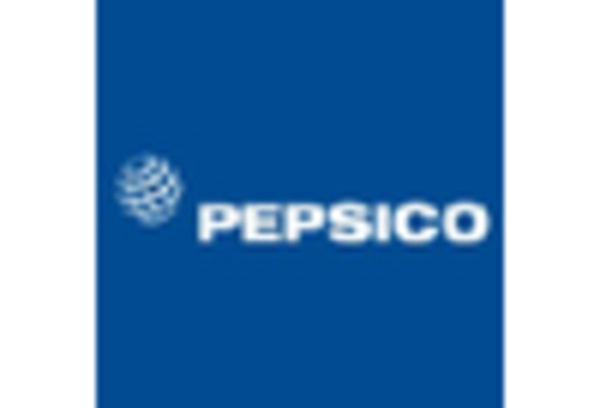









Leave a Comment